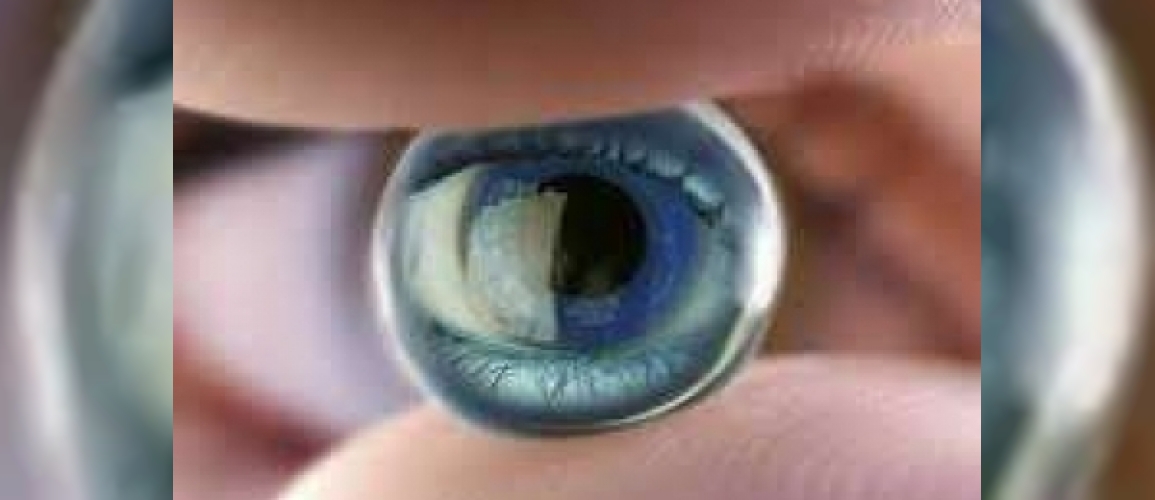Laser Treatment and Other Treatment Methods
We have mentioned many different methods and different laser technologies so far, but laser treatment may still not be possible in a very limited number of patient groups.
This is usually because the cornea is too thin and the eye numbers are too high.
In myopes above -10.00 D or astigmatism above -6.00 D, the success of laser treatment is low and there is a high chance of an increase in the number again.
Corneal maps are congenitally not suitable for laser. To briefly mention this, in myopes, the cornea has a pointed steep structure and this steep area is flattened with laser and the patient's clear vision is provided. In hypermetropes, on the other hand, the cornea is flat and the laser is used to shave the surrounding cornea to create a pointed, steep cornea like myopia, allowing the patient to see clearly, whereas some myopes have congenitally flat corneas and some hypermetropes have congenitally sharp corneas. Since the structure of the eye in these eyes does not overlap with the logic of laser, in other words, further steepening a steep cornea or further flattening a flat cornea will not give good results, laser treatment cannot be applied in such eyes.
However, today, thanks to the developments in the surgeries we call refractive surgical procedures, we offer almost 99% of patients the chance to get rid of glasses with alternative treatments with a single method or a combination of several methods.
I. INTRAOCULAR LENS (FAKIK ICL/ FAKIK TORİK ICL) APPLICATIONS: It is applied in patients with myopia and/or astigmatism whose corneal structure is not suitable for laser or in patients with myopia and/or astigmatism so high that laser treatment cannot be successful. Intraocular contact lenses (Phakic ICL) are ideal for patients under the age of 40 who do not have near vision problems. In this method, while the person's own intraocular lens remains in place, a lens specially designed for the intraocular lens is placed on the lens. The biggest advantage is that it is a reversible operation. Intraocular lenses (Phakic ICL) can correct myopia from -6.00 D to -23.00 D and astigmatism up to 6.00 D. Thanks to their special design, they are inserted into the eye through a 3 mm incision and give very satisfactory results in experienced hands. The patient regains clear vision from the next day. Intraocular contact lenses provide much clearer vision than glasses, especially since they do not have the effect of minimizing the image and narrowing the field of vision that occurs in high-number glasses. In most high myopic and astigmatism patients with low visual acuity before surgery, postoperative vision is 2-3 lines higher than preoperative visual acuity. Many of our patients who have undergone this surgery share their satisfaction with us and their loved ones by saying that they have such a clear vision for the first time in their lives after surgery.
II. Refractive Lens Exchange: In previous years, the application area of refractive lens exchange was patients over the age of 40 with myopia, hyperopia and/or astigmatism whose corneal structure was not suitable for laser or patients with high myopia, high hyperopia and/or astigmatism that laser treatment would not be successful, but in recent years, it has expanded even more with the development of multifocal (smart) lenses that provide clear vision at both near and far distances and toric lenses that can also correct astigmatism. In this method, the patient's own lens is drained with the Phaco method and replaced with artificial lenses. Today, refractive lens exchange and multifocal (smart) lens applications are the most permanent solutions that provide clear vision at both distances in patients over the age of 40 with near and far vision problems. After this surgery, patients get rid of their near and far glasses for life. Patients with high astigmatism are generally unlucky patients in terms of laser surgery. Since laser surgery is rarely suitable for high astigmatism, the most definitive solution for these patients is toric intraocular lenses that also correct astigmatism, or even toric multifocal lenses that also correct far near and astigmatism.
In order for the above-mentioned surgeries to be performed, the eye structure must be suitable. If the eye is suitable in terms of structure and number, the results are quite satisfactory in experienced hands.
Today, laser surgery and refractive surgery operations are performed with a high level of success. Even patients living abroad prefer our country for these operations. The most important factor that leads to success in all refractive surgeries is the correct patient selection, determining which patient is suitable for which surgery and which surgery will benefit the most from which surgery. This, of course, will be directly proportional to the physician's experience in this field and the results of his/her operations.
In short, nowadays, it is possible to get rid of glasses at a rate close to 95% for our patients who do not want to wear glasses or lenses thanks to excimer laser, intraocular contact lens, intraocular lens (multifocal and toric lens options) in the appropriate patient group. However, the most sensitive point here is that these treatments are done in the right place, in the right hands, using the most advanced technologies and the highest quality materials.



